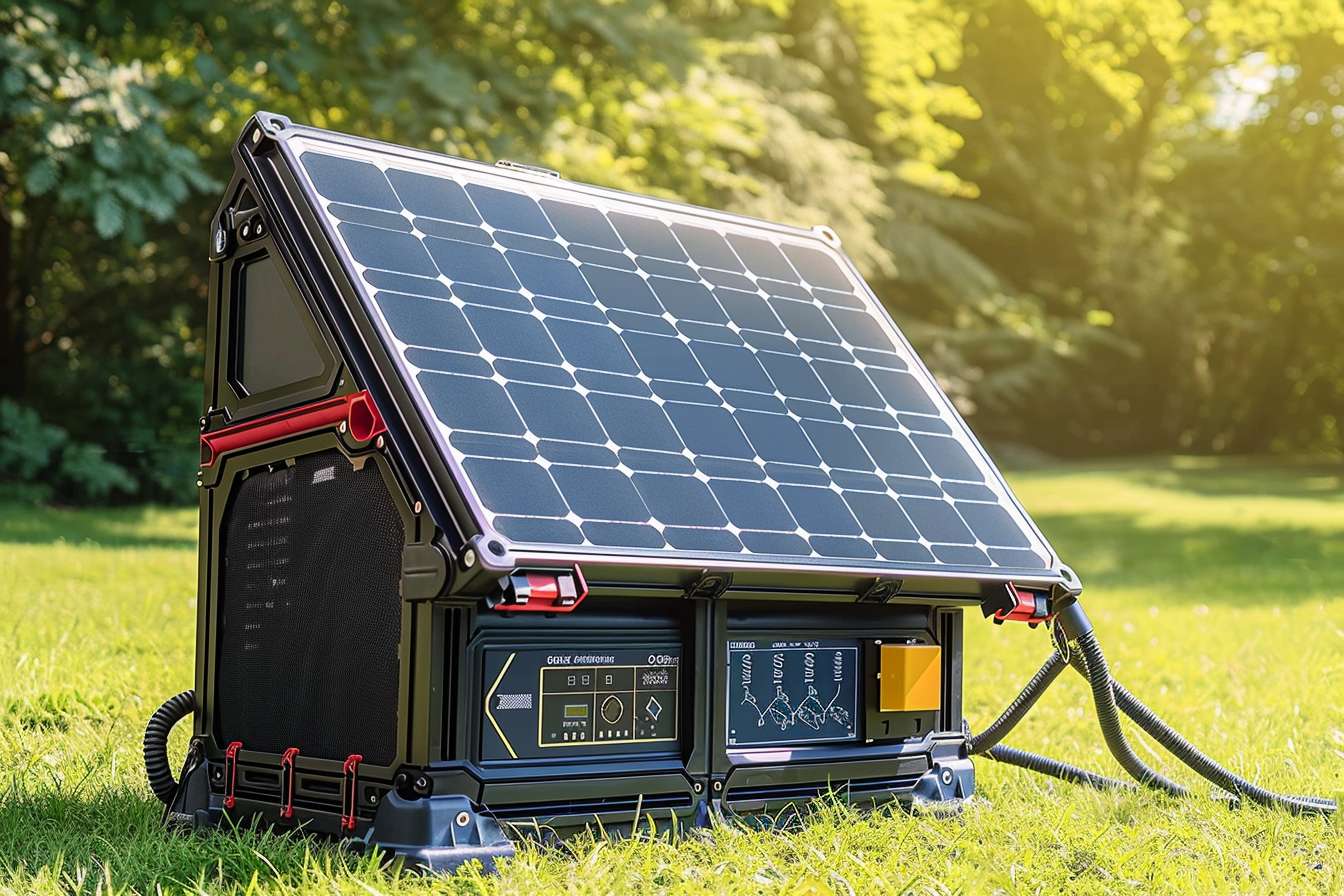Portable 5 kW solar systems explained – cost and performance overview 2025
Portable 5 kW solar systems offer substantial power generation capacity for off-grid applications, emergency backup, and remote locations. These systems typically produce enough electricity to run multiple household appliances simultaneously while maintaining mobility. Understanding their cost structure, performance characteristics, and practical applications helps determine whether a 5000-watt portable solar setup meets your specific energy needs and budget requirements.

What makes a 5 kW portable solar system different from fixed installations
Portable 5 kW solar systems distinguish themselves through modular design and transportation capabilities. Unlike permanent rooftop installations, these systems feature foldable panels, wheeled battery units, and quick-connect components. The 5000-watt capacity represents the maximum power output under ideal conditions, making these systems suitable for powering refrigerators, lights, computers, and small appliances simultaneously.
Most portable 5 kW systems include lithium battery storage ranging from 5-15 kWh, providing several hours of power during nighttime or cloudy conditions. The portability factor comes with trade-offs in efficiency and durability compared to fixed installations, but offers unmatched flexibility for temporary power needs.
Performance expectations for 5000 watt solar system for garden applications
Garden and outdoor applications represent ideal use cases for portable 5 kW systems. These setups can power greenhouse ventilation, irrigation pumps, lighting systems, and tool charging stations. Daily energy production typically ranges from 15-25 kWh depending on sunlight conditions and geographic location.
Performance varies significantly with seasonal changes. Summer months may yield 20-25 kWh daily, while winter production often drops to 10-15 kWh. Weather conditions, panel orientation, and shading affect output substantially. Most systems include monitoring capabilities to track real-time performance and battery status.
The modular nature allows users to expand capacity by adding panels or battery units. This scalability makes garden applications particularly attractive, as energy needs can grow with expanded cultivation areas or additional equipment.
Where to buy 5 kW portable solar system options
Several manufacturers and retailers offer portable 5 kW solar systems through various channels. Online marketplaces, specialized solar retailers, and outdoor equipment stores stock these systems. Direct manufacturer purchases often provide better warranty terms and technical support.
When evaluating purchase options, consider installation support, warranty coverage, and local service availability. Some retailers offer financing options or leasing programs for higher-capacity systems. Seasonal sales events, particularly during spring and fall, often feature significant discounts on portable solar equipment.
Customer reviews and third-party testing results provide valuable insights into real-world performance and reliability. Professional consultation helps match system specifications with intended applications and local climate conditions.
| Product/System | Provider | Cost Estimation |
|---|---|---|
| EcoFlow Delta Pro Ultra | EcoFlow | $3,500 - $4,200 |
| Goal Zero Yeti 6000X | Goal Zero | $4,800 - $5,500 |
| Bluetti AC500 + B300S | Bluetti | $3,200 - $4,000 |
| Jackery Solar Generator 5000 | Jackery | $4,500 - $5,200 |
| AIMS Power 5000W Kit | AIMS Power | $2,800 - $3,600 |
Prices, rates, or cost estimates mentioned in this article are based on the latest available information but may change over time. Independent research is advised before making financial decisions.
Installation and setup considerations for portable systems
Portable 5 kW systems require minimal installation compared to permanent setups. Most units feature plug-and-play connections between panels, batteries, and inverters. Setup time typically ranges from 30 minutes to 2 hours depending on system complexity and user experience.
Proper positioning maximizes energy production. Panels should face south in Northern Hemisphere locations with minimal shading throughout the day. Many portable systems include adjustable mounting brackets for optimal angle adjustment. Ground-mounted configurations work well for temporary installations.
Safety considerations include proper grounding, weatherproofing connections, and following manufacturer guidelines for battery charging and storage. Regular maintenance involves cleaning panels, checking connections, and monitoring battery health through system displays or mobile applications.
Long-term value and return on investment analysis
Portable 5 kW solar systems typically cost $2,800-$5,500 depending on components and features. This investment can offset electricity costs over 5-10 years through reduced grid dependence. Emergency backup value adds significant worth during power outages or natural disasters.
Calculating return on investment requires considering electricity rates, usage patterns, and system lifespan. Most portable systems last 10-15 years with proper maintenance. Battery replacement after 5-8 years represents the largest ongoing cost, typically $1,000-$2,500.
Resale value remains relatively strong for well-maintained portable systems. The growing interest in off-grid living and emergency preparedness supports secondary market demand. Quality brands maintain better resale values compared to budget alternatives.
Portable 5 kW solar systems provide practical solutions for various applications while offering energy independence and environmental benefits. Their flexibility, combined with improving technology and decreasing costs, makes them increasingly attractive options for both recreational and essential power needs.




